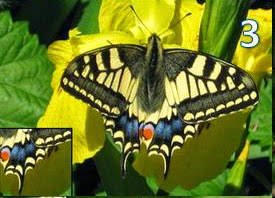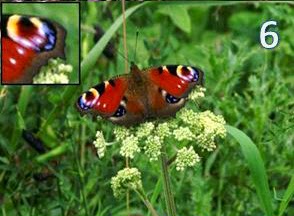Eilish Rothney, Trinity Broads Warden
Sunday 3 August 2014 11am to 4pm
Location: Essex and Suffolk Water, Water Treatment Works,
Ormesby, Norfolk, NR29 3LR
For the first time in over a decade we will be opening the
Essex and Suffolk Water (ESW) Treatment Works at Ormesby with an event to celebrate
both the wonderful area in which we live; its wildlife and viewing the complex
processes that produce our drinking water from these local lakes.
Norfolk
Wildlife Trust and ESW will be showing how protecting the environment and water
quality in the lakes both encourages the rich wildlife of this area and also
ensures a good and reliable water supply for the villages around.
There will be
experts on hand and lots of activities for grown- ups and children alike; bug
hunts, moth trapping, bird box making to name but a few. The Trinity Broads Singers
Community Choir will serenade us with world music and . . . . . . it’s all FREE.
Most displays and activities will be available throughout
the day. Some of the guided activities such as the meadow minibeast and
woodland bug hunts will occur at intervals throughout the day (no booking
necessary).
Bird box making will take place 11am-12.30pm,
1.15-2pm, 2.45-4pm or as materials allow.
The Trinity Broads Singers will
perform at 12.30pm and again at 2pm.
Tours of the water treatment process
are self- guided with experts on hand to explain what happens and there will be
demonstrations taking place of some of the treatment processes.
Light refreshments will be available or
bring a picnic to enjoy by the Broad.

















